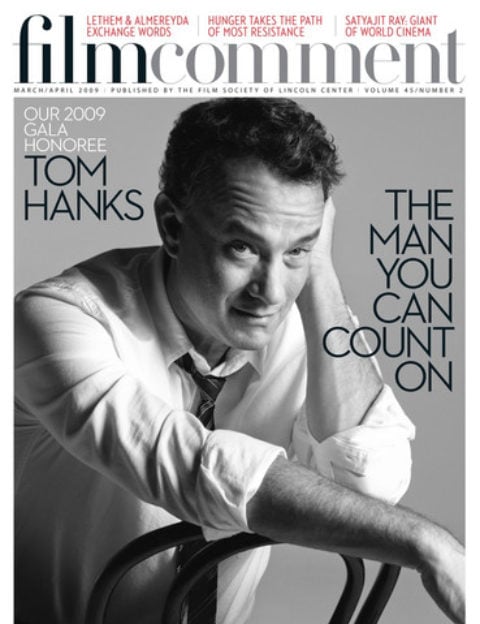
Anna Boden and Ryan Fleck’s expansive Sugar is an immigrant story framed by American baseball’s farm system. It centers on Miguel “Sugar” Santos (Algenis Pérez Soto), an amateur carpenter from the Dominican Republic with a promising arm. The film opens on a U.S.-run, Dominican-based academy where Sugar learns regulation baseball and its English terminology. On weekends he leaves the rigid environment of the camp and returns to the vibrancy and looseness of his hometown, where kids play baseball on a dirt pitch, worlds from the academy’s manicured diamond. Sugar’s access to legitimate ball makes him the village king, and he indulges everyone’s fantasy—including his own—that he’ll rise to the top in a discipline and a country he barely knows.
When he’s drafted, he travels to the U.S., training first in Arizona before going on to pitch for a team in Iowa. The lush, patchwork surroundings back home give way to a bisected landscape of blue sky and green fields. In a panoramic shot, a bridge looms over the team’s stadium, a symbol of the town’s wealth and settlement. The diamond’s adjacency underscores baseball’s cultural status, but the fans believe that their passionate devotion to the game gives them the right to hurl insults at plays or calls they disapprove of. They forget that the players are indivisible from the sport they claim to love.
Sugar is largely mute, isolated by language and location, both in Iowa and on the mound. Pressure from home plagues his performance, as does the arrival of ever younger and hungrier recruits. The bulk of the film’s cast, including the winsome Soto, are amateur baseball players in real life, and this reinforces the film’s authenticity—Sugar could have been about any one of them. But the crux of the story is the way in which Sugar’s involvement with organized baseball, and his growing awareness of the realities of the game, put him on the path to self-discovery, setting him apart in the process.

Decompressing after a rare good day, Sugar congratulates a teammate on a great catch. The other young man, a Stanford alum, attributes the play to luck, but he’s referring to Seneca’s definition—the outcome when preparation meets opportunity. Born in the States, the other player understands baseball’s place in American culture, and has an education to fall back on. Sugar, however, hasn’t considered any alternatives, and the growing sense that he might not actually like this job begins to worry him. In a magnificent long take, the camera locks on a tight close-up on the back of his head and shoulders, following him through a maze-like video arcade and entertainment complex. Overwhelmed by the flashing lights, electronic noise, and foreign chatter, he heads for the exit and, soon after, abandons baseball and Iowa for New York.
The paradox of sports movies is that they typically depict personal triumph, against the odds, within the self-denying parameters of rules, teams, external authority, and hostile competition. They champion misfits who confuse “finding themselves” with finding a group to belong to. Arriving in New York, Sugar is met with familiar music and Spanish speakers from similar backgrounds. He finds a job, frequents a carpentry workshop, and participates in amateur ball games with friends. In a lovely coda, players address the camera, stating their names, nationalities, and former minor-league teams. Professional letdown is replaced by community and fun. Sugar’s still one among many, but with a new, hard-won advantage: he has learned to listen to his gut.
So have Boden and Fleck. After the success of Half Nelson they gambled on subtitles and unknown actors to come up with a film that improves on and is more sophisticated than their debut. Sugar’s personal achievement is uplifting—and it’s also cause for celebration when artists create just for the love of the game.








